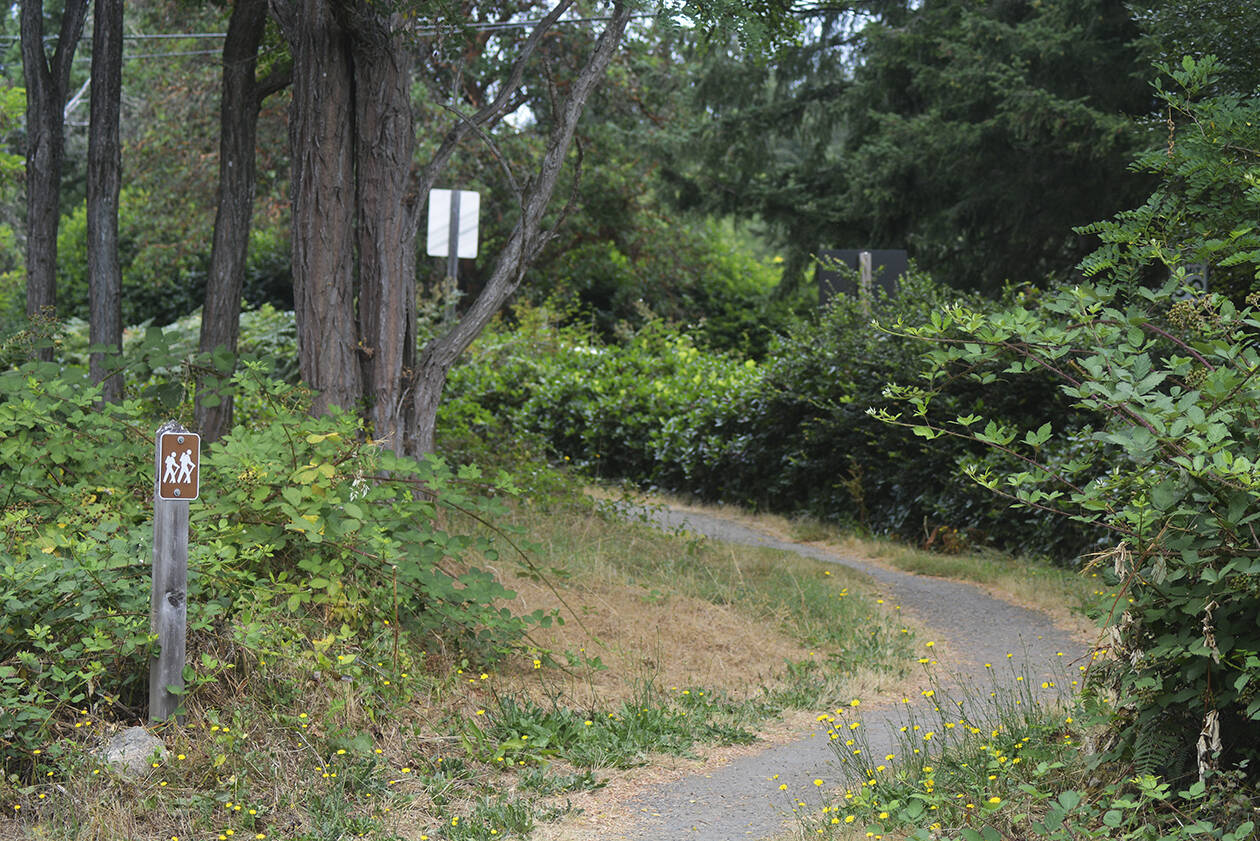The Bainbridge Island City Cou A public hearing will be set a “The generosity of the people Councilmember Leslie Schneider “We have a housing crisis,” ma He said the city can learn fro Councilmember Brenda Fantroy- Councilmembers Michael Pollock Hytopoulos agreed, saying some She’s especially against incre She added public trust won’t a “We’re guardians of the natura Earlier Hytopoulos had said th In an follow-up email, she said, for example, that if a religious organization has 5 acres zoned R-0.4 it could build two market rate houses and four if at least two are affordable for 80% and below area median income. But if this new pending ordinance passes it could build 15—a 725% increase.
City planning manager HB Harpe She said the process is compli Councilmember Jon Quitslund sa Moriwaki said he initially wan Deets reiterated the council h In introducing the topic, Harp Comp Plan
The council also discussed updating the city’s Comprehensive Plan.
New city planning director Patty Charnas said Bainbridge is far behind in the process, as others are under way and even have funding, which is actually available this time while in the past it was on the city’s dime. The update, done every 10 years, must be finished by Dec. 31, 2024. It looks out 20 years to 2044 and predicts growth forecasts and allocations. The target growth for BI is from 24,825 to 29,350 in population and 8,073 to 10,000 in jobs.
The Comp Plan explains how the city will absorb growth, projects needed to manage growth, levels of service needed and plan integration.
Goals include: reducing sprawl, using multimodal transportation, saving open space and planning to best serve the public. A consultant will help with public input.
Staff will return with scoping, public participation and work plans.
Draft law would allow 23 housing units at Bethany



